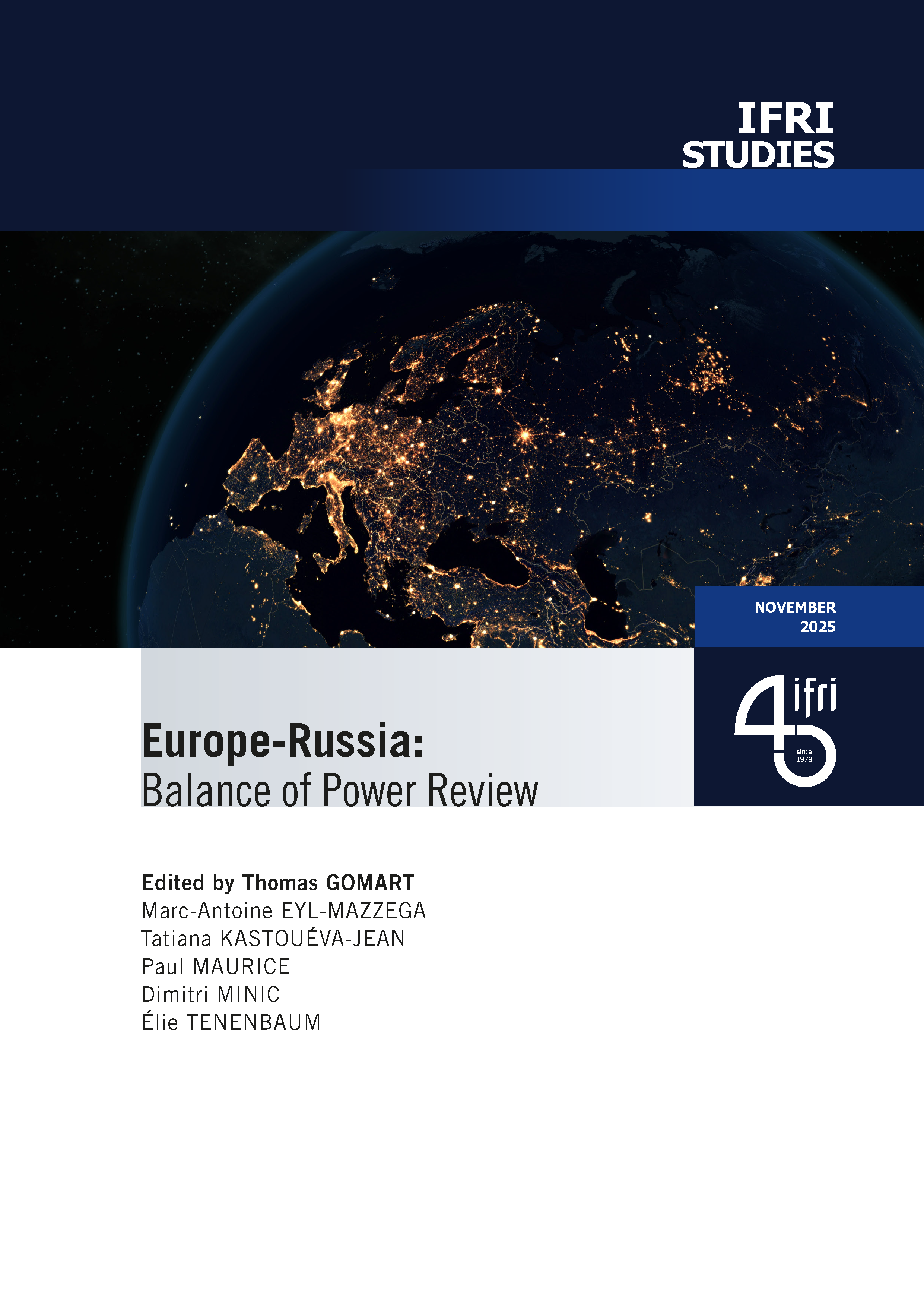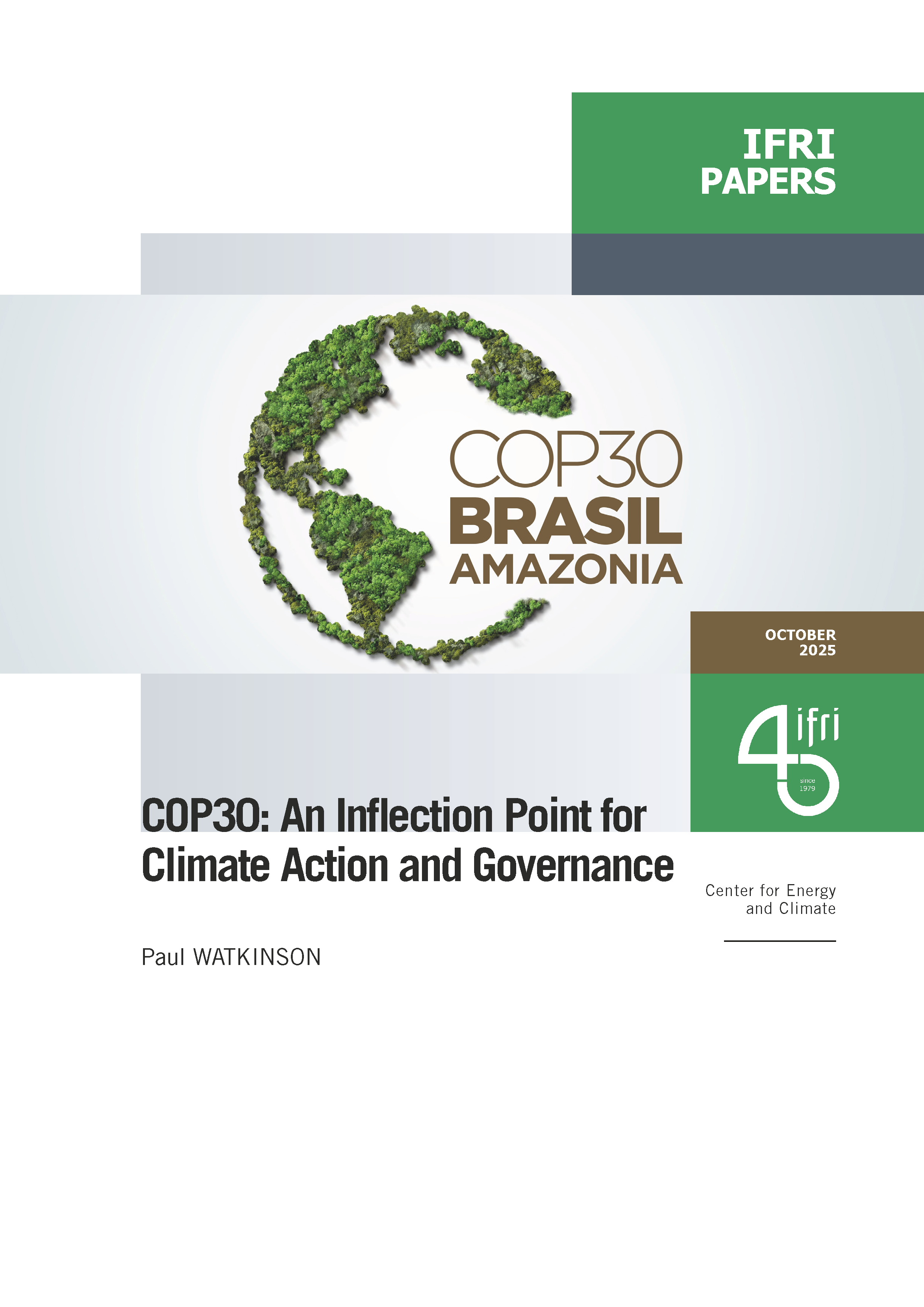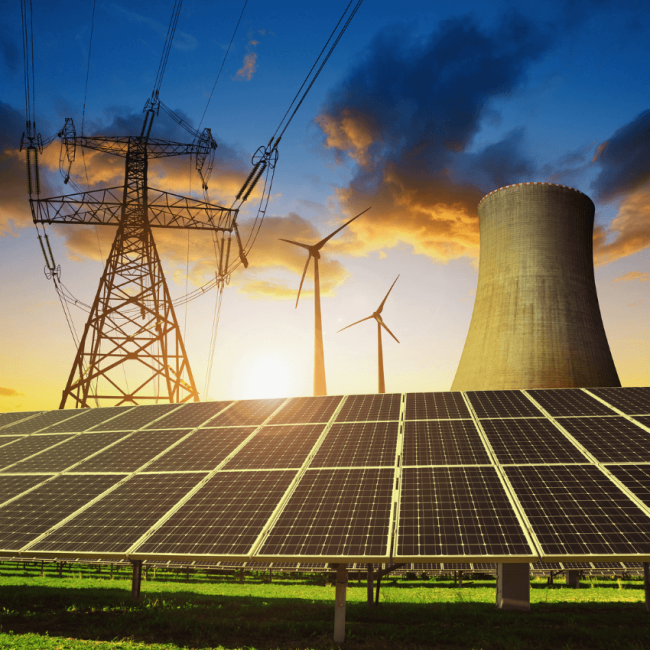Capacity Mechanisms : EU or National Issue? Are Capacity Remuneration Mechanisms Helping to Build the Market or Just a Symptom of What Does Not Work ?

In a competitive energy system, generation investment choices are let to investors. It is then the responsibility of the market actors to invest and ensure peak, medium and base load generation, based on market perspectives and trends. If through actors" investments the stability of the system cannot be ensured (because, for example, peak generation is not sufficient to satisfy demand), some measures have to be taken. These can have economic and system integrity impacts on neighboring systems, especially if they are connected. This is precisely what is happening in the European electricity market.
While the internal electricity market should be completed by 2014, the adoption by Member States of capacity remuneration mechanisms in an uncoordinated way may lead to new market distortions. Whereas national capacity remuneration mechanisms (CRMs) already exist in several European countries (e.g. Italy, Spain, Sweden), others have taken steps in the past months to implement CRMs (France, UK) or contemplated to introduce them (Germany). After the puzzle of more than 27 different regimes for incentivizing renewables, the same heterogeneity will appear in the capacity markets if no coherent and Europe-wide framework is proposed. While increased interconnections and market coupling will lead to more efficient and liquid markets at regional and EU levels, the opposite will happen if Member States adopt national solutions without looking beyond their borders.
In order to understand why we have come this point, it is essential to start from the roots of the problem and to throw light on some false beliefs.
It would be much easier to blame market liberalization and unbundling or RES integration into the market. The truth is that both measures were important. Timing showed that the RES production is developing very fast and creates local over capacity in some national systems, while when there is no wind or sun, the conventional plants are still needed to supply the customers, ensuring thus a backup function for variable RES.
(Download the pdf to read the full text)
Download the full analysis
This page contains only a summary of our work. If you would like to have access to all the information from our research on the subject, you can download the full version in PDF format.
Capacity Mechanisms : EU or National Issue? Are Capacity Remuneration Mechanisms Helping to Build the Market or Just a Symptom of What Does Not Work ?
Related centers and programs
Discover our other research centers and programsFind out more
Discover all our analysesBrazil One Year Away from the October 2026 General Elections
Brazil’s general elections will be held on October 4, 2026, to elect the president, vice-president, members of the National Congress, governors, deputy governors and state legislative assemblies. For the presidential and gubernatorial elections, a second round will be held on October 25 if no candidate obtains a majority of the votes in the first round.
COP30: An Inflection Point for Climate Action and Governance
The 30th Conference of the Parties (COP30), opening in Belém, Brazil, on November 10th 2025, convenes at a perilous moment.
The Strategic Dimension of Skills in the Clean Industrial Deal
In the competitiveness and energy transition battles, the European Union (EU) must master a determinant factor: skills.
The Energy Transition Faces Geopolitical Challenges. How Can Ideological Divides Be Overcome?
President Trump’s positions and policies, combined with record coal consumption and booming global electricity demand, geo-economic confrontation, and widespread concerns about energy security, are changing the game when it comes to understanding realistic decarbonization trajectories. The war in Europe is intensifying competition between defense and transition budgets. This is also the case elsewhere in the world.










